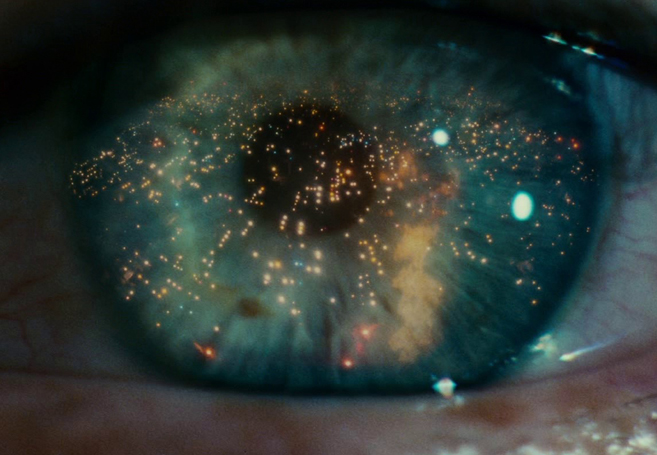Scientists have recently discovered a little known superpower which allows the human eye to see beyond the visible spectrum when pairs of photons double up to appear as one “visible” photon. The ability of the human eye to see infrared light was unknown until just now, and there are two theories which might explain why. The first theory is a phenomenon called “Second-Harmonic Generation” (SHG) which occurs “when longer-wavelength light hits the collagen connective tissue in the eye, a small amount of its energy turns into photons of about half the light’s wavelength. The retina would then detect this visible light and fool the brain into thinking that it came directly from the source.” The second theory — which according to computer simulations is the likely cause — is a phenomenon known as “Two-Photon Isomerization” in which “photoreceptor molecules in the eye absorb energy from individual photons in the conventional visible wavelengths. This prompts the molecules to change shape and trigger a chain of events that enables us to see. But if two photons each carrying half the energy —- and therefore of twice the wavelength —- hit the eye together, their energies could add up and perhaps trigger the same isomerization as does a single ‘visible’ photon.” You can read more about this fascinating discovery (including how scientists are trying to use the discovery to mutate the human the retina see even more) at ScientificAmerican.com.
SEE ALSO: Inside The Godhead X-FILES: The Univ. Of Virginia Has A Prestigious Paranormal Lab Just Like X-MEN
SEE ALSO: Close Encounters Of The Mindblowing Kind: Watch Anita Moorjani’s Account Of Her Near Death Experience
SEE ALSO: Quantum Biology: How The Newest Field In Quantum Mechanics Is Unlocking Life’s Biggest Mysteries
SEE ALSO: Biophotons: The Coherent Light Particle In Every DNA Responsible For Intercellular Communication And Barometer Of A Living Organism’s Health
.


